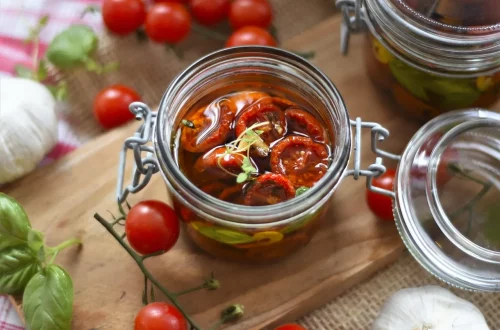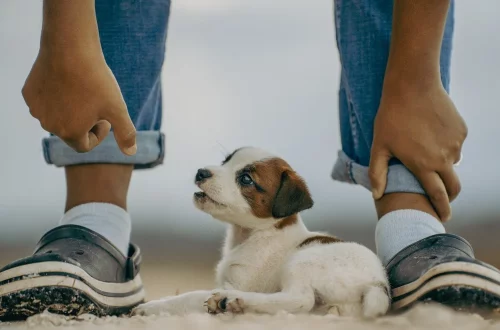
The Ultimate Guide to Choosing Anti Blister Socks for Comfort and Performance
Choosing the right socks can make a significant difference in your comfort and performance, especially if you engage in activities that involve prolonged periods of standing or extensive walking. Blisters, often caused by friction, can turn an enjoyable experience into a painful ordeal. This is where anti-blister socks come into play. Designed specifically to minimize friction and wick moisture away from the skin, these socks are essential for anyone looking to protect their feet while enjoying various activities, from hiking to running.
The importance of selecting the right type of sock cannot be overstated. While many may overlook this aspect of their gear, the right sock can enhance your overall performance, keep your feet dry, and significantly reduce the risk of blisters. Understanding the materials, construction, and features that contribute to blister prevention is crucial for making an informed decision. As you embark on your journey to find the perfect anti-blister socks, consider not only your activity level but also your foot shape and specific needs. This guide will arm you with the knowledge necessary to choose the socks that will keep your feet comfortable and blister-free, allowing you to focus on what you love most.
Understanding the Causes of Blisters
Blisters are small pockets of fluid that form on the skin when it has been damaged, often due to friction. This friction can arise from various activities, including running, hiking, and even wearing ill-fitting shoes. When the skin experiences repeated rubbing, the outer layer can separate from the underlying layers, leading to the formation of blisters. It’s essential to recognize the primary causes of blisters to effectively choose anti-blister socks.
One of the most common causes of blisters is moisture. When your feet sweat, the moisture can weaken the skin, making it more susceptible to damage from friction. This is why many anti-blister socks are designed with moisture-wicking properties. These materials draw sweat away from the skin, helping to keep your feet dry and reducing the likelihood of blister formation.
Another factor contributing to blisters is the fit of both your socks and shoes. Socks that are too loose can bunch up and create friction points, while socks that are too tight can restrict circulation and cause discomfort. Additionally, poorly fitted footwear can exacerbate these issues, leading to increased friction and, consequently, blisters. When selecting anti-blister socks, it’s crucial to consider not just the sock itself but how it interacts with your shoes and the overall fit.
Lastly, the type of activity you engage in plays a significant role in blister formation. Different sports and activities can place varying levels of stress on your feet. For instance, long-distance runners may face different blister challenges compared to casual hikers. Therefore, understanding your specific activity’s demands will further guide you in finding the most suitable anti-blister socks.
Key Features to Look for in Anti-Blister Socks
When selecting anti-blister socks, it’s essential to be aware of specific features that can enhance your comfort and performance. Not all socks are created equal, and certain characteristics can make a significant difference in preventing blisters.
First and foremost, the material is crucial. Look for socks made from synthetic fibers like nylon or polyester, as these materials tend to wick moisture away from the skin effectively. Merino wool is another excellent option due to its natural moisture-wicking properties and ability to regulate temperature, keeping your feet warm in cold conditions and cool in hot weather.
Seamless construction is another critical feature to consider. Socks with seams can create pressure points on your skin, increasing the likelihood of blisters. Opt for socks that are either seamless or have flat seams to minimize friction against your skin. Additionally, consider the sock’s cushioning. Some anti-blister socks come with additional padding in high-friction areas, such as the heel and toe. This extra cushioning can provide added protection against blisters.
Moreover, the sock’s fit is vital. Look for socks that offer a snug yet comfortable fit without being overly tight. Compression features can help keep the sock in place, reducing the chances of bunching and friction. Lastly, consider the height of the sock. Different activities may require different sock heights, from no-show to crew length. Choose a height that provides adequate coverage and protection based on your footwear and activity level.
Understanding these key features will help ensure that you select anti-blister socks that not only prevent blisters but also enhance your overall comfort during your activities.
Choosing the Right Size and Fit
Getting the right size and fit for your anti-blister socks is crucial for preventing blisters and ensuring comfort. Many people underestimate the importance of size, but wearing the wrong sock size can lead to discomfort and increased friction, ultimately resulting in blisters.
Start by checking the sizing chart of the sock manufacturer. Sizes can vary between brands, so it’s essential to refer to their specific measurements. Typically, sock sizes are categorized based on shoe size, so knowing your shoe size will guide you in picking the right sock size. However, it’s also important to consider your foot shape. For instance, those with wider feet may need to size up for additional comfort.
Next, pay attention to the sock’s elasticity and compression. A sock that is too loose may slip down or bunch up, creating friction points, while a sock that is too tight can restrict circulation and cause discomfort. Look for socks that offer a snug fit around the arch and ankle, as this will help prevent movement within the sock and reduce the risk of blisters.
Additionally, consider the type of footwear you’ll be wearing with your socks. If you plan to wear them with running shoes, ensure that the socks fit well with that specific type of shoe. It’s a good idea to try on your socks with the shoes you intend to wear them with, as this will give you a better idea of how they fit together.
Finally, don’t hesitate to try different brands and styles to find what works best for you. Everyone’s feet are different, and what may work for one person may not work for another. Experimenting with various options will help you find the perfect fit that minimizes the risk of blisters and maximizes comfort during your activities.
Care and Maintenance for Longevity
Taking proper care of your anti-blister socks can significantly extend their lifespan and effectiveness. Just like any piece of gear, socks require regular maintenance to ensure they continue to perform at their best.
First, always follow the washing instructions provided by the manufacturer. Most anti-blister socks are made from synthetic materials that can lose their properties if washed improperly. Generally, it’s best to wash them in cold water on a gentle cycle to preserve their moisture-wicking capabilities. Avoid using fabric softeners, as they can coat the fibers and reduce the effectiveness of the sock.
After washing, air drying is preferable to machine drying. High heat from the dryer can damage the elasticity and moisture-wicking properties of the sock. Lay them flat to dry or hang them up to maintain their shape and integrity.
Additionally, inspect your socks regularly for any signs of wear and tear. Look for holes, worn areas, or stretched-out elastic. If you notice any damage, it’s best to replace the socks to avoid discomfort and blister formation. Keeping your socks in good condition will ensure that they continue to provide the protection and comfort you need during your activities.
Lastly, consider having multiple pairs of anti-blister socks in your rotation. This way, you can allow your socks to rest between uses, which can help maintain their elasticity and performance. By taking care of your socks, you’ll be better equipped to enjoy your activities without the fear of blisters.
—
**Disclaimer:** This article is for informational purposes only and should not be considered medical advice. If you have any health concerns or issues related to your feet, please consult a qualified healthcare professional.




